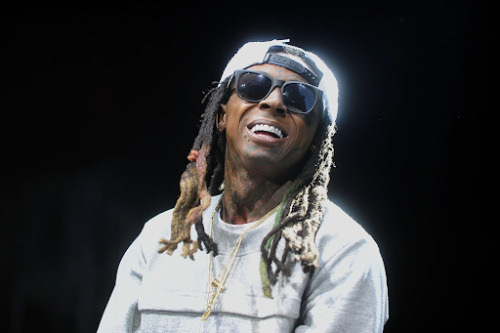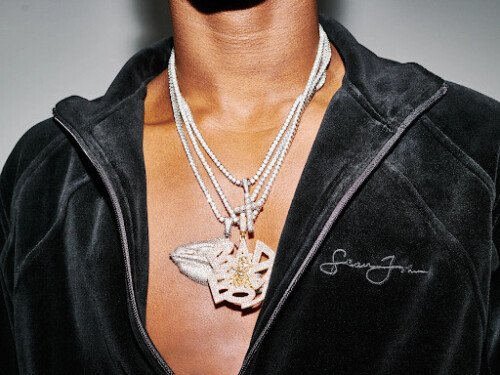
Hip-hop culture of the 2000s: idols and hits
Hip-hop music is more than just a genre; it is a culture that has captivated people worldwide for decades. The 2000s were a particularly crucial time for hip-hop, marked by the emergence of new idols, the evolution of sound, and a fashion style that challenged the status quo. The decade brought forth some of the most iconic artists and songs of all time, and the impact of hip-hop culture in the 2000s continues to be felt to this day.
The Emergence of Hip-hop Titans in the 2000s
The turn of the millennium ushered in a new wave of hip-hop artists, each carving out a distinctive sound and style that captivated listeners across the globe. In the 2000s, rap culture exploded into the mainstream, and artists such as Eminem, 50 Cent, Jay-Z, and Lil Wayne led the charge, cementing their status as hip-hop icons. These trailblazers were known not just for their chart-topping hits but also for their boundary-pushing lyrics that tackled a range of social and political issues.
Eminem, in particular, disrupted the status quo with his unapologetic approach to his music. His album, The Marshall Mathers LP, was a game-changer, breaking records and shattering taboos with its explicit lyrics and themes. Meanwhile, 50 Cent’s debut album, Get Rich or Die Tryin’, was a cultural phenomenon that captivated audiences with its raw, unflinching portrayal of life on the streets.
But it wasn’t just the music that made Get Rich or Die Tryin’ a groundbreaking album. The album’s cover art was equally impactful, featuring a now-iconic image of 50 Cent shirtless, his chiseled physique on full display, surrounded by shattered glass. The image perfectly captured the album’s gritty, no-holds-barred aesthetic, and it has since become one of the most recognizable album covers of all time. 50’s creativity and boldness empowered artists to use an album cover template and project their ideas on their record albums. This way, they create a professional-looking design that captures the essence of their music and echoes with their fans.
Jay-Z, in turn, emerged as a thought-provoking lyricist who tackled complex issues of race and inequality through his music, influencing a generation of rappers in his wake.

Lil Wayne’s rise to stardom was equally meteoric, as his unique blend of Southern rap and clever wordplay endeared him to audiences worldwide. His album, Tha Carter III, became a cultural touchstone, winning a Grammy Award for Best Rap Album and catapulting him to superstardom.
The Evolution of Hip-hop Hits in the 2000s
The early 2000s marked a turning point for hip-hop music, where innovation and experimentation led to various groundbreaking tracks that would shape the genre for years to come. The mentioned Eminem’s The Marshall Mathers LP and Jay-Z’s The Dynasty: Roc La Familia were just a few of the albums that pushed the boundaries of what was possible in hip-hop, paving the way for the emergence of new sub-genres and sounds.
Tracks like Dr. Dre’s “Still D.R.E.” and OutKast’s “Ms. Jackson” stood out with their intricate beats and production techniques, while Eminem’s “The Real Slim Shady” captured the zeitgeist with its biting humor and commentary on pop culture. These tracks showcased the depth and diversity of hip-hop and cemented its place as a mainstream genre.
In the latter half of the decade, 50 Cent and Lil Wayne became household names with their chart-topping hits. “In Da Club” became an instant classic, thanks to its infectious beat and catchy lyrics, while “Lollipop” showcased Lil Wayne’s masterful wordplay and a unique blend of Southern rap and pop. These tracks not only became cultural touchstones but also helped to further push the boundaries of the genre, inspiring a new generation of hip-hop artists.

The impact of these tracks extends far beyond their initial release, with many still being played on the radio and at parties today. They represent a snapshot of a time when hip-hop was evolving and artists were experimenting with new sounds, production techniques, and themes. As hip-hop continues to grow, these tracks will always be remembered as pioneers, inspiring future generations of artists.
The Intersection of Hip-hop Culture and Fashion in the 2000s
The 2000s was a transformative period for hip-hop culture and fashion, with the genre’s rise to mainstream popularity having a profound impact on how people dressed and expressed themselves. The era was marked by a focus on “bling” and excess, with rappers and their fans embracing a flashy aesthetic that embodied the glitz and glamor of the hip-hop lifestyle.
Such an influence was particularly evident in men’s clothing, with baggy jeans, oversized T-shirts, and throwback jerseys becoming ubiquitous streetwear staples. This trend was fueled by the emergence of icons like Jay-Z, who launched his Rocawear clothing line in 1999, and Diddy, who founded his Sean John label in 1998.

In addition to clothing, jewelry was another critical aspect of hip-hop fashion in the 2000s. Rappers like Lil Jon and Nelly popularized diamond-encrusted chains, bracelets, and earrings as symbols of wealth and success. This trend was also reflected in hip-hop’s music videos and album covers, which often featured artists draped in expensive jewelry and designer clothing.
Bottom Line
As we conclude our journey through the hip-hop culture of the 2000s, it’s clear that this era was a focal moment in the genre’s history. The emergence of new subgenres, the dominance of specific artists, and the impact of fashion all combined to create an innovative and transformative culture. The hits and idols of this era continue to inspire and influence modern-day hip-hop, paving the way for new sounds, styles, and cultural movements. Looking back, it’s evident that the hip-hop culture of the 2000s left an indelible mark on the genre and popular culture as a whole, ensuring that it will continue to be celebrated and studied for many years.
© 2023, Seth “Digital Crates” Barmash. All rights reserved.



